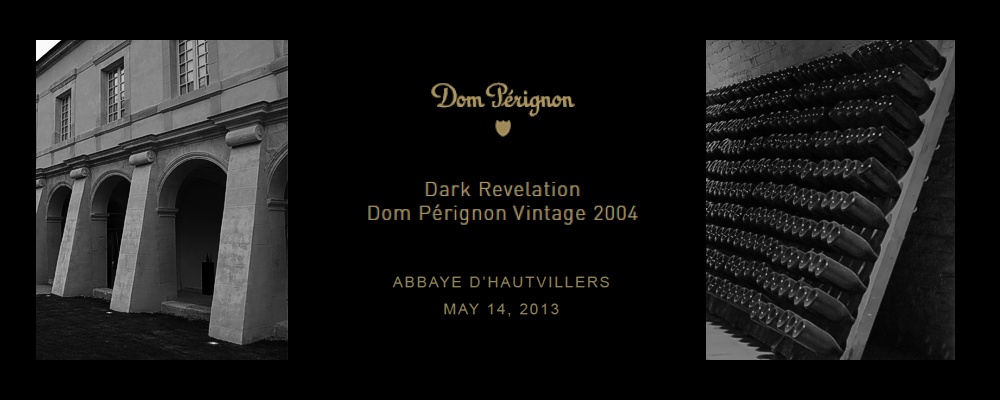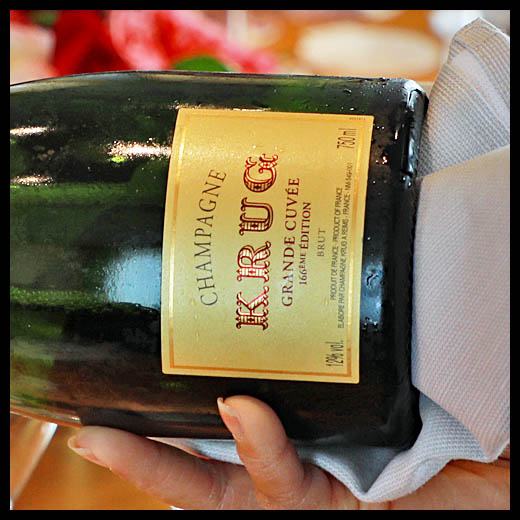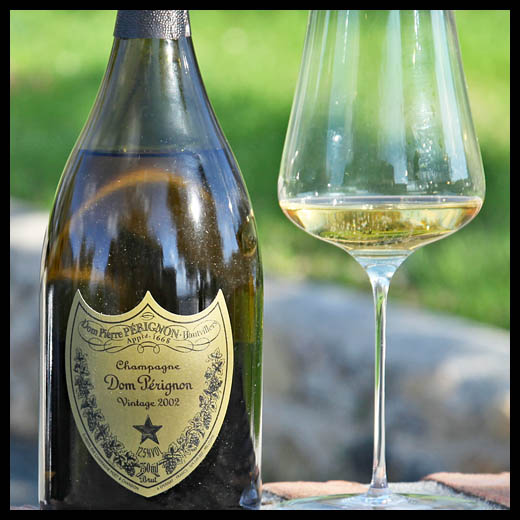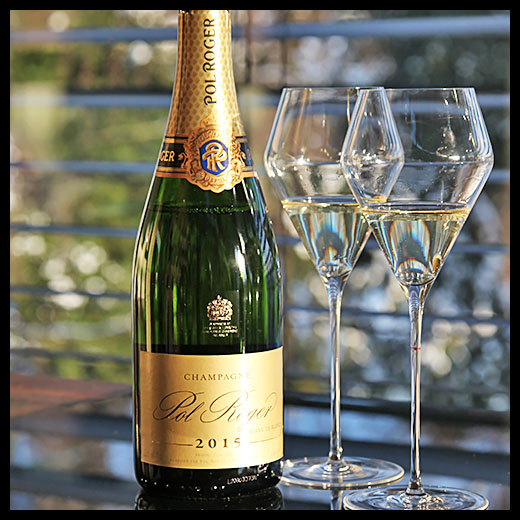Some thoughts on what happened in the wine world in 2013
30. Dezember 2013No, for the wine industry 2013 was not an easy year! In very few regions a good or very good vintage was vinified, the unmasking of systematic and mass-produced counterfeit wines cast a bad light on the industry and prices fell across all segments. In addition, the wind of change comes from globalization and the new electronic media, revolutionizing the traditional mechanisms of the industry. But there were a few winners also. A review.
- The vintage 2013
Generalizations regarding the quality of wine in any given vintage are impossible. Nevertheless, one can say that the year 2013 was perhaps in California a good to very good vintage, but in many other fine wine regions a weak one. Especially for the Bordeaux region, it was probably the weakest year for almost two decades. The years 2011-2013 are reminiscent of the weak years 1991 to 1994. After all, this comparison creates some hope for better years to come. However, the quality weakness of major wine regions in France is also the chance of newly emerging wine regions overseas.
- The price development
After the hype over the vintages 2009 and 2010, prices took off to lofty heights. These high prices have been paid formost by rich Chinese buyers whose allocation has been increased dramatically. In 2013 this trend began to cool off noticeably and prices of top Bordeaux wines were reduced significantly. Now the dealers are sitting on large stocks of unsaleable wines. As a consequence big Bordeaux dealers in Germany and also in London and other places had to report heavy losses.
- The globalization
As the price trend has shown the wine market today is completely globalized. While in Latin America new markets open up, demand in China is slowing from various reasons. The most important seems to be the fight of the official China against the excessive consumption of alcohol. In connection with the fight against corruption in the country there is considerable pressure against the waste of expensive bottles. In addition, the Chinese have learned today and buy much more selective. The rise of a local and serious wine industry does the rest. How much the wine industry is globally networked today can be seen in the discussion of import duties on wine in China, which left the French wine industry in panic.
- The wine collectors
For top bottle collectors 2013 also was a very difficult year. The prominent court case against the "über counterfeiter" Rudy Kurniawan has cast a very negative light on the trade of premium wines at auctions. After the whole extent of the case slowly reaches the public eye, there is no collector left who can stock up with wine legends anymore without serious doubt. As a consequnence auction prices continue to silde, while the sale of bottles taken directly from the producers cellars mark absolute record prices. Today there is no other way to buy older great wines from Burgundy, Pétrus or Cheval Blanc than buying direct. The chance to buy counterfeit bottles is just too high.
- The wine buyers
In the wine industry the same trends apply as in any other market: the "loss of the middle". This term reflects the phenomenon that the consumer selects either the expensive top products or the low proce commodity. Can the top product be not expensive enough, can the mass-produced product not be cheap enough. The middle segment of the market is not profitable anymore, as still good quality is not paid here. In the leading wine regions of the world, there are 10 to 20 wines that everyone wants to have, but these are often only produced in small quantities. The prices of these wines are exploding. At the same time the 2nd tier producers have problems to sell their products.
- The recent trend to Italian wines
With priceless prices for top Bordeaux wines and hardly available wines from Burgundy and California wine lovers are discovering the top Italian wines. They still show a reasonable value for money, are available in relatively large quantities and mostly have a long shelf life. There is also a wide selection of French grape varieties that ripen in Italy to great wines. Italy has become a trend, especially in the U.S. where there are many people of Italian descent, and this trend will go on after an unprecedented series of great vintages as well. At least from a German perspective, there is still one major advantage: the Germans love Italy and many people know a lot of wineries personally from various holiday trips.
- The wine critic
The partial sale of the Parker empire to Asian Investors coming from the wine industry still at the end of 2012 has changed the coordinate system of wine journalism. Antonio Galloni quit in dispute from the Parker team and went his own way, similar recently James Suckling, who had left the Wine Spectator. Parker now tries by stronger own presence, he actually wanted to retire, to keep his authority umtouched. However, the protagonists of the decades-long wine criticism nevertheless slowly leave the stage and still there is no real successor in sight. If the critics points for the wines no longer sell these, marketing and brand building will again come to fore. An enormous advantage for the wealthy corporations.
- The technology revolution
One might think that in the vineyard and cellar work with the modern viticulture and the trend towards organic farming everything seems invented. But in fact, the revolution starts only from the beginning through the use of modern technology. GPS-based high-tech equipment, including drones will trigger new leap innovations. Still people are smiling about it, but as a drohe costs only little more than 1,000 euros, it flies precisely preprogrammed the same route over and over again, and equipped with special cameras it produces exact information about the state of the vines and grapes, if necessary every hour. Also in the cellar technology high tech is increasingly used, eg for automatic selection of Grapes from sorting talbes or for labeling counterfeit-proof wine bottles.
- The investment boom
The many phenomenal vintages of the last decade and the exorbitant price developments have triggered a huge investment boom in the wine industry. The money for spectacular new buildings is available, no doubt. In addition, many top producers have noticed that their wines are traded much higher after a short time. What could be better than to build huge warehouses to store the wine at low production costs and sell for multiples of the release price later? Many producers follow this path, whether in France, Piedmont, Tuscany or in California. In the Champagne region for a long time it is well known that a celler full of ageworthy wine can be a real treasure.
- The new internet media
The trend with the probably highest potential for change is the ongoing revolution through the new media. They not only changed the distribution channels, but also transform the information about the wines at the same time. In the past these informations were in the hands of a few, but today a mass phenomenon has developed. The traditional media such as books or magazines were hit first and are trying to address the issue by jumping on the megatrens "cooking" and "lifestyle". Literally every wine can now be "googled" from every corner of the world and within seconds every possible information can be obtained. Special wine search engines such as the "wine searcher" provide additional price comparisons and all relevant distributors and within a few hours the online retailer ships the wine to your home. The buyers no longer hesitate to buy online, because rogue dealers are unmasked in blogs just within a few days. Through this enormous transparency the margins for the retailers fall to super low levels. A bottle of Dom Perignon for 3 or 4 euro premium over the wholesale price? No problem, with 14-day return policy! With such margins the wine merchant at the corner, who may still have to pay staff and his shop, can not survive. But the online retailers also have their problems, because who can survive against Amazon?
And then there are the "social media" such as Facebook, Instagramm, Twitter and many others. Many thousands of posts every day illuminate every little corner of the industry, everything is being photographed and published immediately. Only the flood of information slows down the system itself.
Two years ago at this point we were able to note that weinrouten has grown over 5 years by around 100% per year in visitors. Now we can add that this trend has continued in 2012 and 2013. The total number of visitors of the year 2009, we are welcoming today in about 3 weeks time! Exciting times, which can only be even more exciting in 2014.
Stay with us also in 2014 to follow what`s going on in wine, we are looking forward to it.




